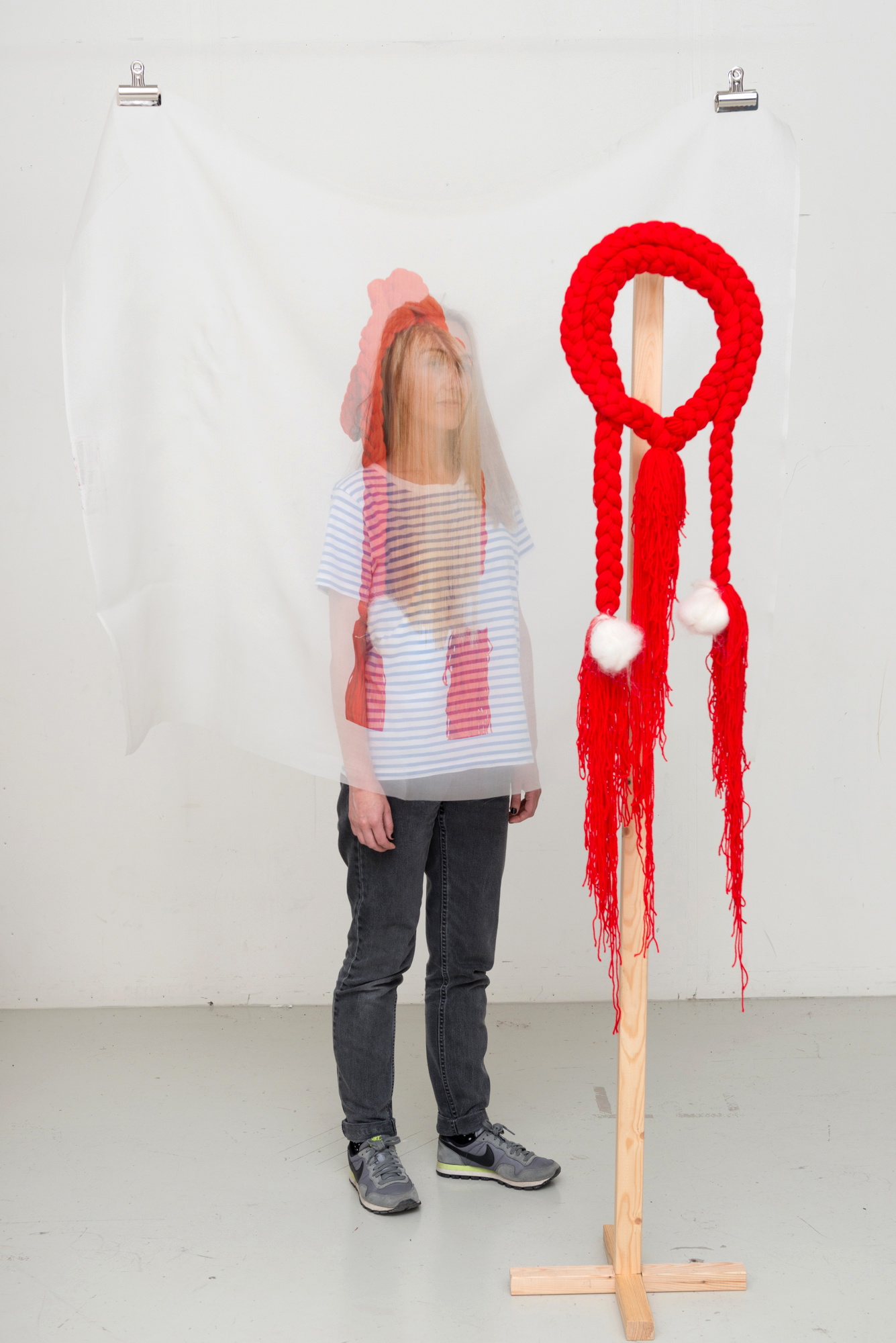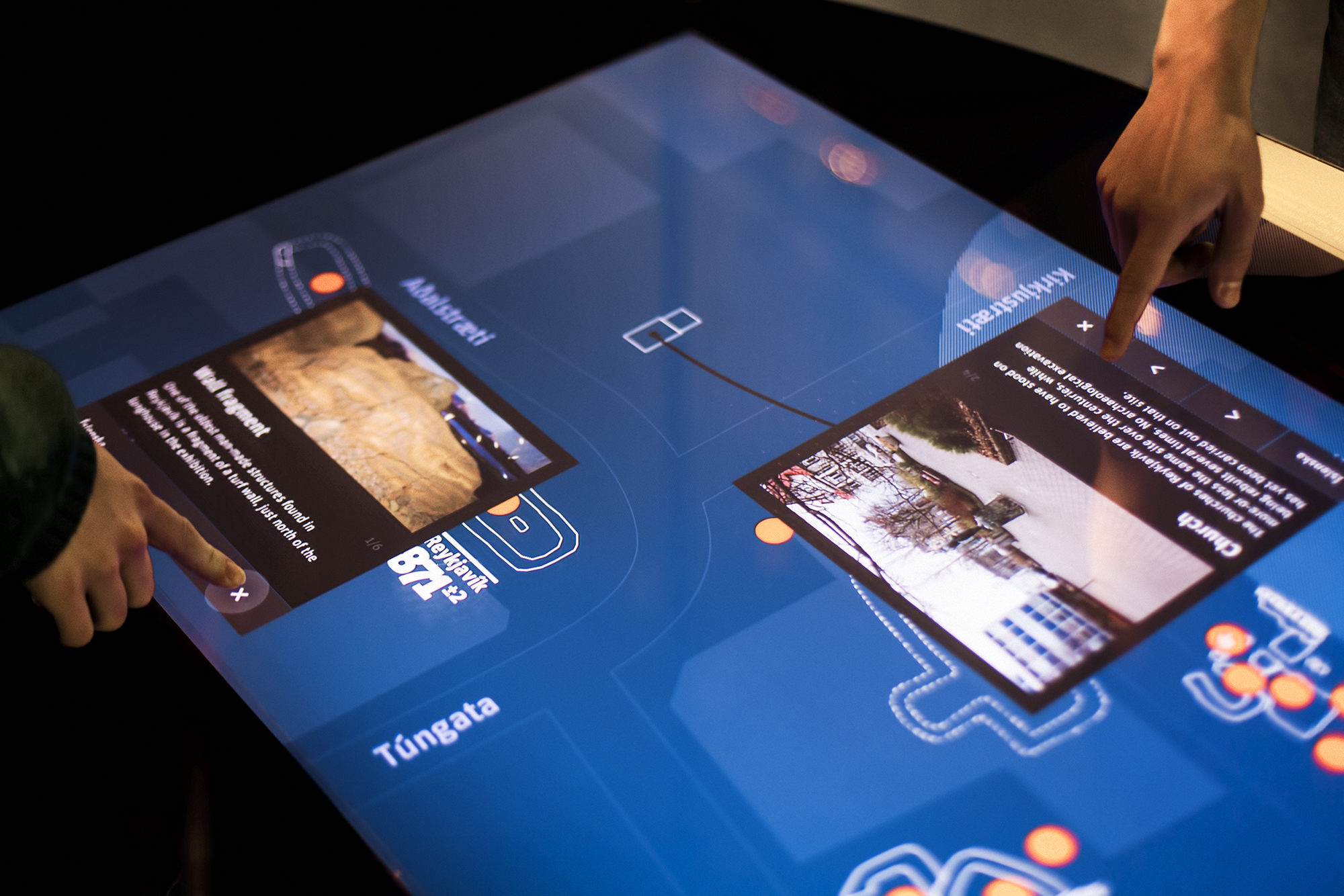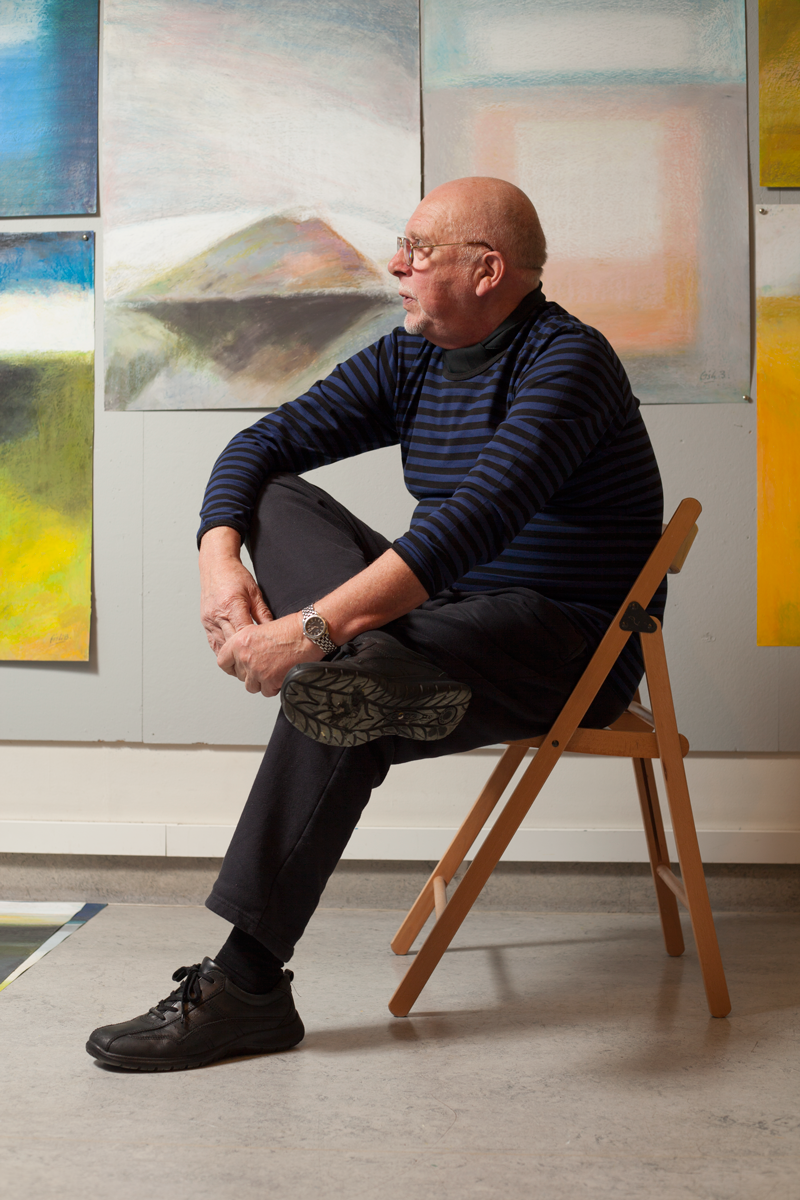From an Ice Age island to a recreational oasis
—
Öskjuhlíð, Reykjavík
How does one make a building plans for Reykjavík’s most fragile natural area without destroying heritage dating back to the last ice age? HA interviews landscape architects Yngvi Þór Loftsson and Þráinn Hauksson. Summary by Arnar Fells. Photos by Ólafur Már Sigurðsson. Öskjuhlíð is one of Reykjavík’s biggest recreational areas. It’s a prolific hill standing some 60 meters above the sea level topped by Perlan, a building that looks like half a disco ball resting on top of water tanks serving the capital. Not long ago, the area was largely ignored as an outdoor recreation area. Today, it is one of the biggest outdoor recreation areas in Reykjavik. Travellers flock to Perlan to enjoy the view over the city, students attending Reykjavík University enjoy the proximity of the nature, sun-deprived citizens of Reykjavík rush to the beach at Nautólfsvík every time the temperature goes above 10 degrees, and pagans from all around the world await the pagan temple now rising in the south end of Öskjuhlíð. But how does one make a building plans for Reykjavík’s most fragile …



